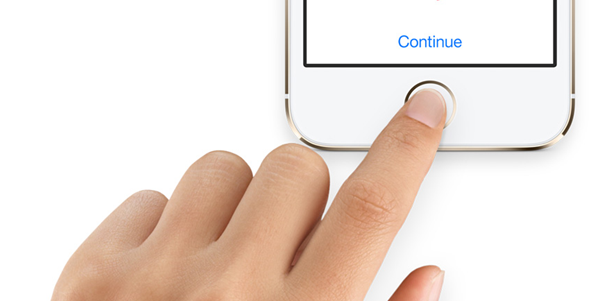Apple has reportedly been working internally on a technology that could see 3D Touch-esque features and functionality integrated into its biometric Touch ID sensor. As is often the case, the inner workings of the Cupertino-based fruit company have been thrust into the public domain via an official patent submission to the United States Patent & Trademark Office (USPTO). In this instance, the patent outlines the intention and usage of a technology entitled “Force-sensitive fingerprint sensing input“.
Apple managed to take its iOS devices to the next level from an authentication perspective when it added biometric sensing capabilities into the iPhone, beginning with the iPhone 5s. The storing and subsequent matching of fingerprint data allowed users of compatible devices to pay for purchased via the App Store, as well as unlocking a device from the Lock screen when a matched fingerprint is detected. Apple has since added that technology into additional devices, as well as opened its usage up to third-party developers and allowed detection to be used to authenticate Apple Pay purchases.

The existence of this patent means that Apple is potentially looking to take Touch ID to the next level in future mobile devices. It seems that we would essentially be looking at an integration that would converge the existing features of Apple’s biometric authentication with the pressure sensitive actions that currently exist in the 3D Touch technology found within the iPhone 6s and iPhone 6s Plus display. The system would rely on the installation of a metal capacitance sensor sitting below the existing fingerprint sensor. A number of electrodes within the setup would would be used to feedback a measure of capacitance based on the detected pressure applied to the Home/Touch ID button.
It’s likely that any integration of this nature will rely on pressure to determine exactly what action the user wants to take when unlocking the device. As an example, a relatively light press could simply open and unlock the device to the Home screen as normal. Whereas a touch with additional pressure applied could not only unlock the device, but also invoke a very specific action such as opening up a first-party app for immediate usage. The patent itself was originally filed back in 2013, so this is clearly something that Apple has been investigating for a prolonged period of time.
(source: USPTO)
You can follow us on Twitter, add us to your circle on Google+ or like our Facebook page to keep yourself updated on all the latest from Microsoft, Google, Apple and the Web.
